SEARCH


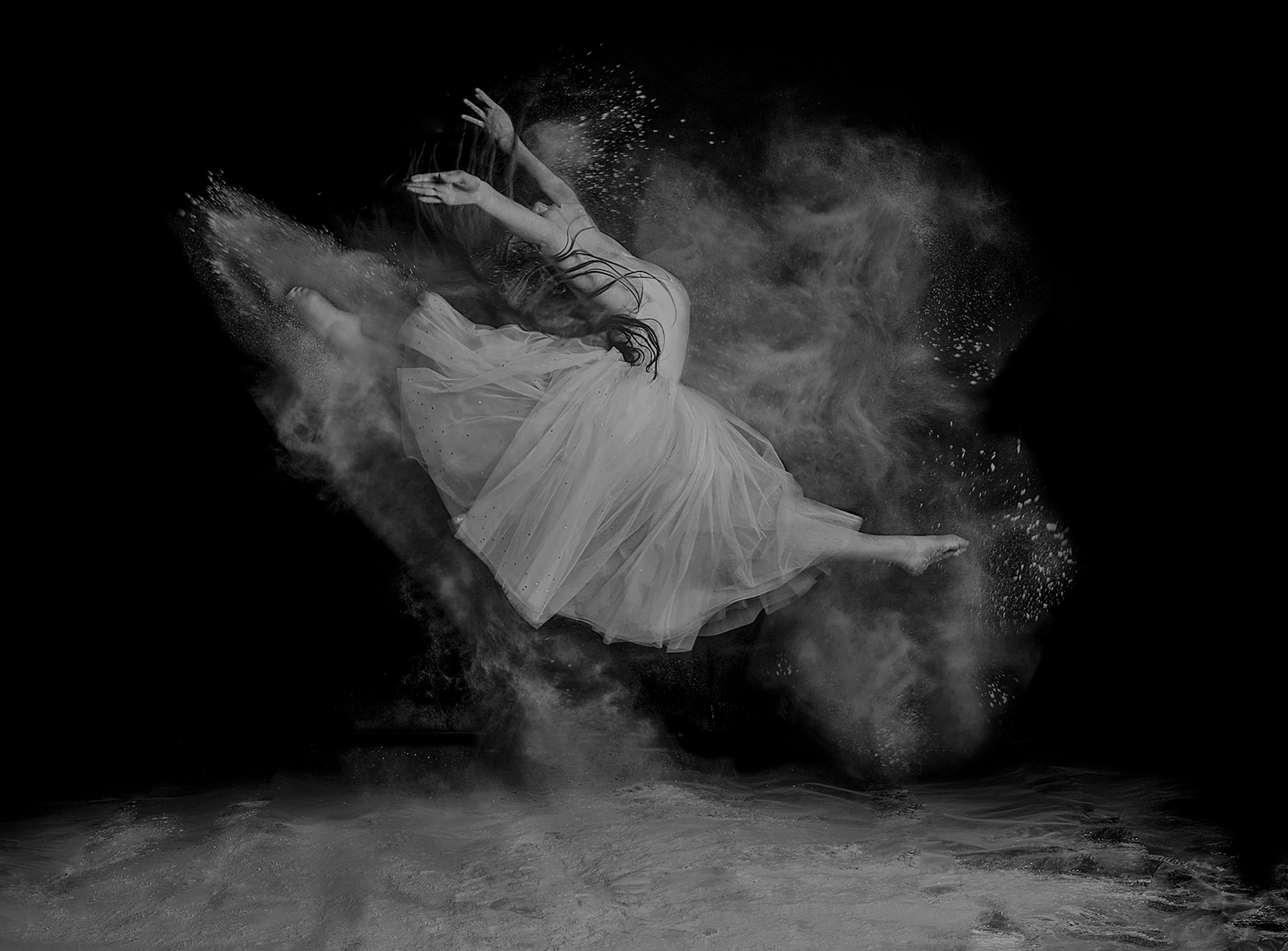
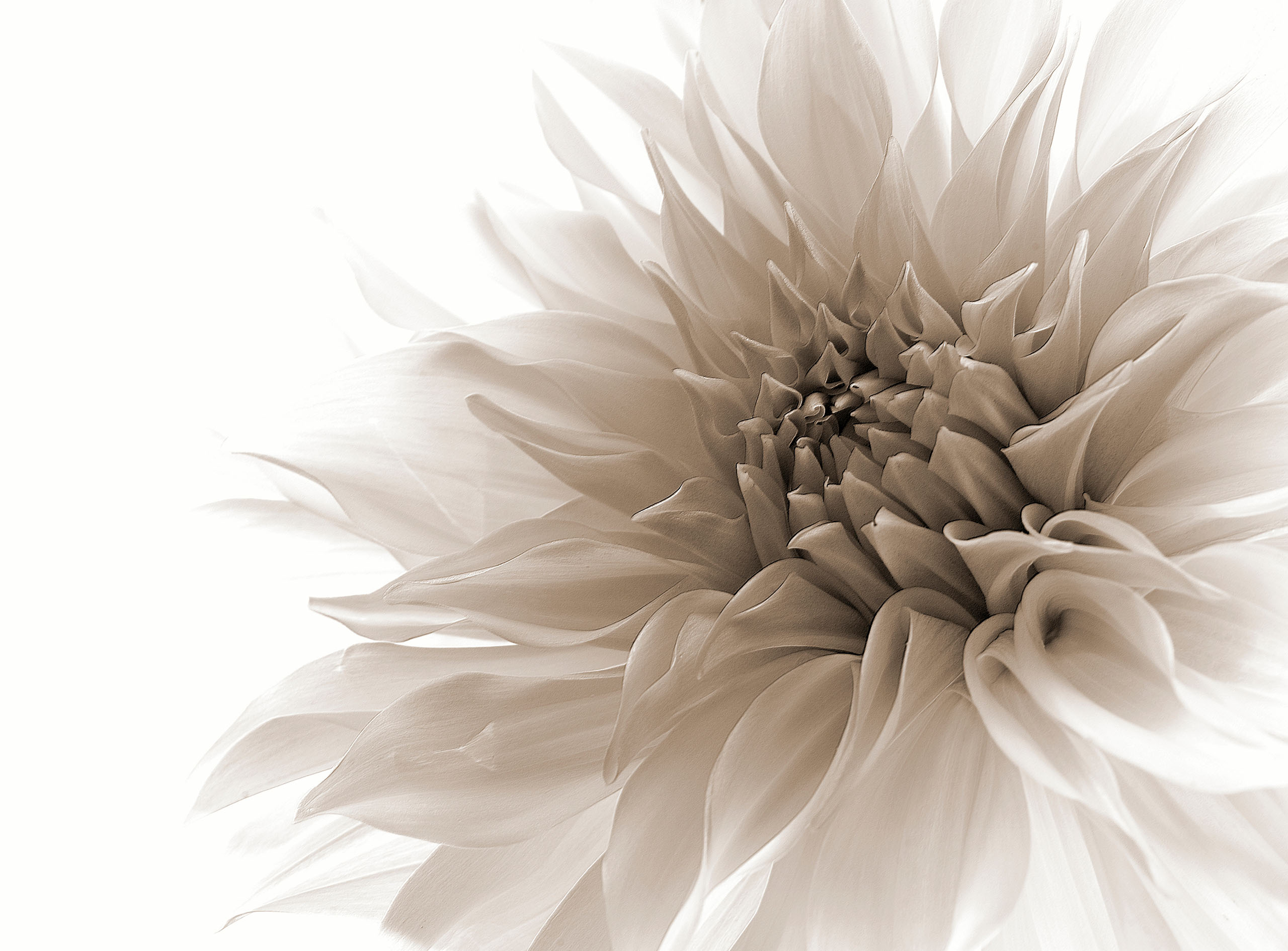
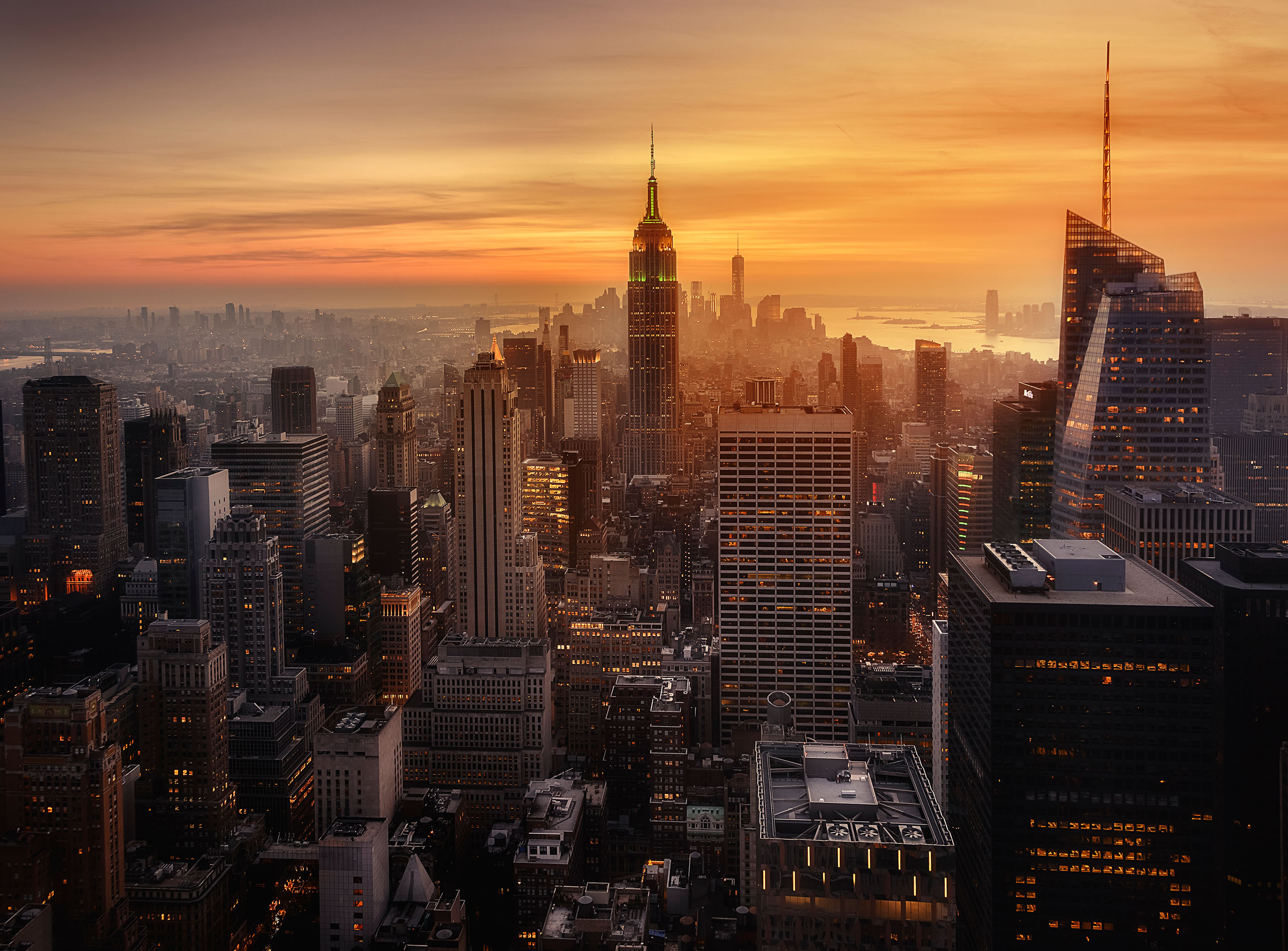
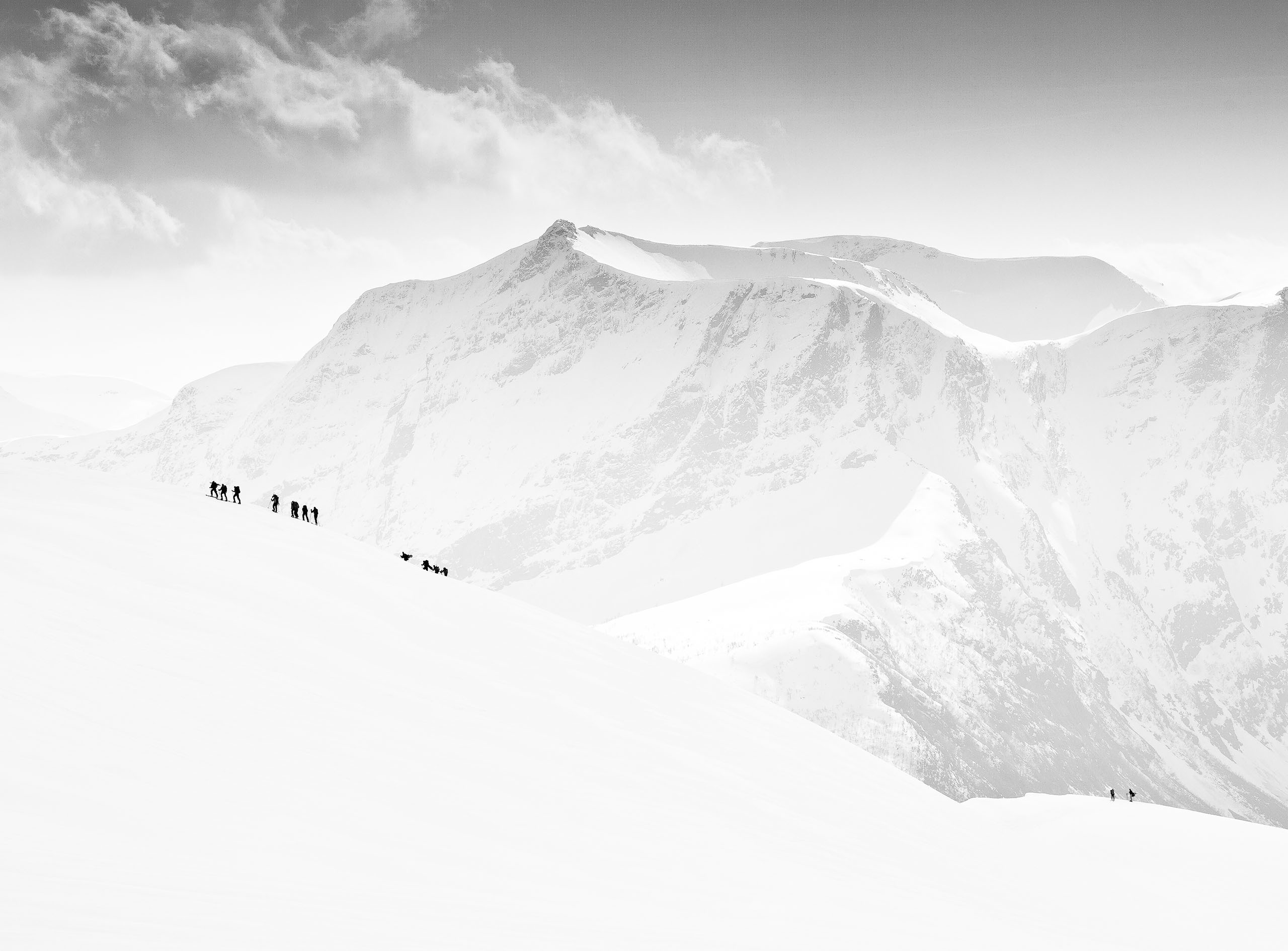
|
|
|
|


by Yvette Depaepe
Published the 23rd of June 2025
Like many people, Eric Chatelain first practised photography in his spare time. However, everything changed in June 2021 when he retired, sold or gave away all his possessions, and bought a caravan with which to travel. Photography became his main activity and a real passion. He lives by and for photography. He is constantly travelling, always looking for interesting subjects to photograph. This could be modern or ancient buildings, stunning landscapes, dance, sports or music performances. Join me as we travel with this versatile artist and learn more about him in this interview.
'Ulysse #02 building, Lausanne (Switzerland)'
Dear Eric, first, I would like to thank you for taking the time to answer this questionnaire.
I am extremely grateful for this opportunity and feel honoured to have been asked. Although the standard is extremely high and the competition is fierce, it's ultimately very motivating and extremely satisfying to see your work published on a platform like 1x.
Please tell us more about yourself. When and how did you start your journey in photography?
What are your hobbies or other projects that you are involved in?
Allow me to introduce myself briefly: I am a Swiss architect, civil engineer and property expert, retired since June 2021.
I started taking 'real' photos with a good camera relatively late, at the age of 59, on the weekend of 23–24 April 2016!
My father, Jean Chatelain, was 93 years old and was no longer able to get around, and he had serious sight problems too. He told me that if I wanted all his photographic equipment, I could have it. Initially, I told him it was too complicated and heavy with too many buttons, but after he insisted, I tried using his old Canon EOS Mark I camera and was quickly convinced that I could achieve good results with it.
It was following the aforementioned weekend that I picked up all his equipment — camera body, lenses, and other gadgets — and got started with digital photography.
At first, I practised in my spare time like many people do. Everything changed in June 2021: I retired and sold or gave away all my possessions, then bought a caravan to travel with.

I've been a permanent nomad and officially homeless since the end of summer 2021, travelling the length and breadth of Europe to see everything there is to see and take photos and videos. I am currently based at my 284th consecutive campsite and have no plans to stop anytime soon.
For many of us, photography is either a hobby or a way of life. How would you describe your relationship with photography?
Like many people, I started out as an amateur photographer (someone who loves photography) outside of work. Over time, this hobby became my main activity and a real passion. In fact, I would say that I live by and for photography, and that I have essentially become a professional, even though it doesn't earn me any money!
As I mentioned earlier, I travel all the time, always looking for something interesting to photograph. This could be modern or ancient buildings, stunning landscapes, or dance, sports or music performances.
Over time, I have become constantly on the lookout for something to photograph, always in 'target acquisition' mode with my camera almost always within reach.
Which experience has influenced your approach to photography the most so far?
It's a harder question to answer than it seems! I am naturally curious and attracted to many different subjects, and I would describe my choices as eclectic. Therefore, it is difficult to mention one event in particular, but I can say that working as a freelance photojournalist at the 2019 Guitare en Scène festival in St-Julien-en-Genevois, France, was a highlight for me.
I had never done this kind of assignment before and was a little apprehensive about working alongside 'real' professional photographers. Ultimately, however, the experience was very rewarding, and I learnt a lot about photography, such as choosing the right moment to shoot, framing and immediately discarding uninteresting photos, as well as the post-processing stage.
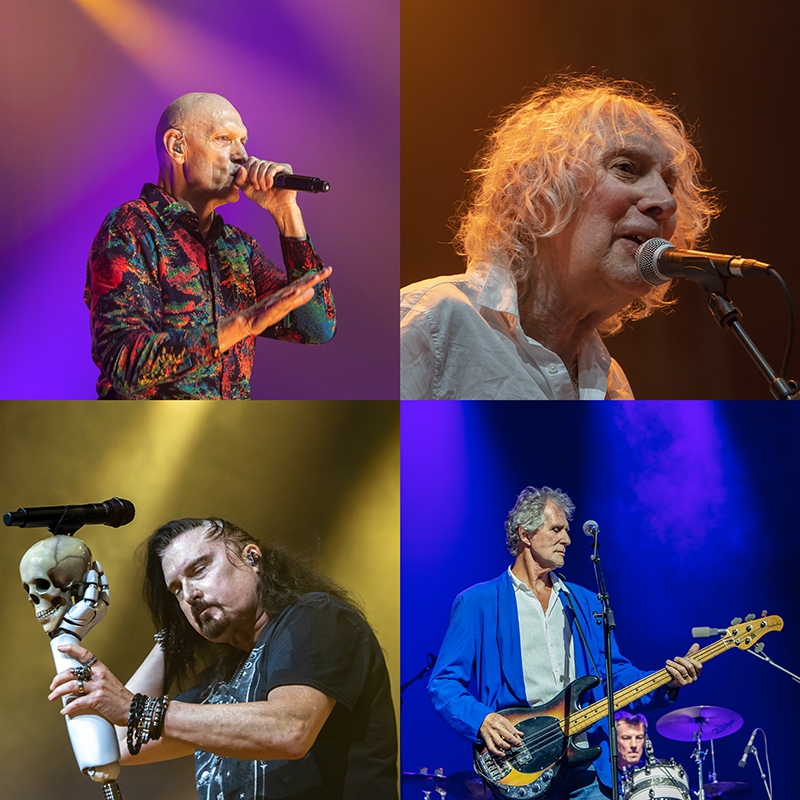
Thanks to the unfailing support of Artur Heller, the iconic editor-in-chief of WeInspire magazine, published by CameraPixo Press, I then had the good fortune and opportunity to publish this report in an international magazine. To date, Artur Heller has published around 500 of my photos in 50 different publications.
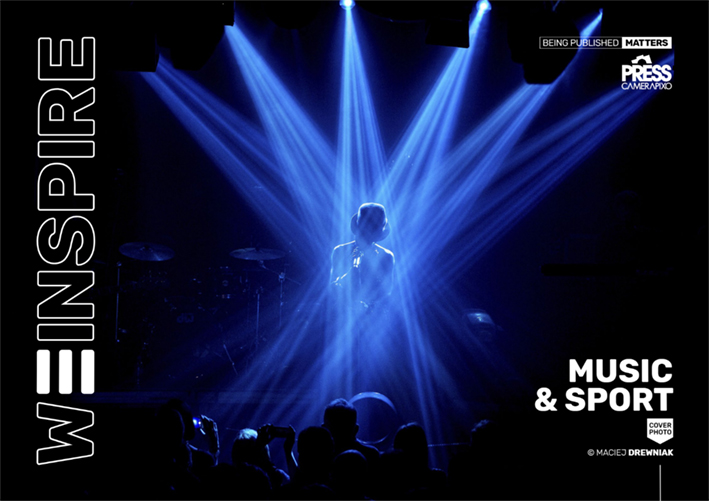
See link from page 54 to page 71
https://camerapixopress.com/publication/we-inspire-44/
My first experience of photojournalism opened some interesting doors for me, notably at the 2024 Festival Off d'Avignon in France and, soon, at the famous 2025 Montreux Jazz Festival in Switzerland, where I obtained incredible press access, including an interview with the legendary Carlos Santana, my musical icon since childhood!
What is it about architecture, abstract photography and landscape photography that appeals to you so much?
First and foremost, I'd say that what has always inspired me is experiencing a visual emotion. When I see a building, a bridge, a particular landscape or a dance performance, I often get an idea in my head that tells me, 'There's something to be done with this light and these shadows'. This mindset influences my choice of photographic subjects, and more often than not, I act on instinct.
My background as an architect and engineer is an advantage, as my eye is naturally trained to appreciate volumes, surfaces, the interplay of light and shadow, and details.
It's therefore quite easy for me to position myself inside or outside a building to find the best viewpoint or angle. I love wandering around a building (or the street — it's the same process) with my nose in the air, looking for interesting details and perspectives to photograph in an original way.
The common thread between the three subjects you mention (architecture, abstraction, and landscapes) is that they are limitless fields if you have a little imagination: there is always an interesting angle to find, and special light to capture — even if that means coming back another day, or at a different time of day, when the conditions are more favourable.
There is also an approach to photography that I like to take, which reflects who I am in life: I am a die-hard optimist! I look for beauty and the unusual in the world around me, and I try to capture what I see in an original way. Nothing makes me happier than receiving a comment like, 'I've walked past this building hundreds of times and never seen it like that before!'
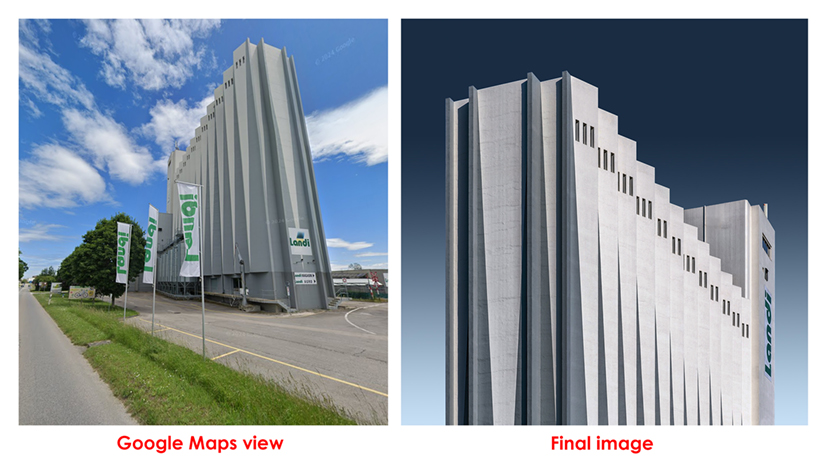
The approach for abstract or conceptual photography is the same. I really enjoyed the lockdown period during the 2021 Covid pandemic because it forced me to look for photo subjects inside my flat. This enabled me to create some interesting series featuring items from the kitchen, fridge and bathroom, which I will publish soon on 1x.com.
In landscape photography, using a drone allowed me to expand my field of exploration, capturing views that would be impossible from ground level and details that would be impossible to see where I was standing.
'Low tide in Brittany'
'Les Antilles de Jonzac' (aquatic center), France'
Which is more important to you: the mood or story behind your images, or technical perfection?
I am particularly sensitive to atmospheres, especially during dance performances, because it's such a demanding discipline. Generally, the more effortless and fluid something looks, the harder the artist has to work to achieve it! I love capturing these moments of ultimate grace because, for me, it's a tribute to their talent and sacrifices, and taking the best photo at the best moment is my way of honouring them.
'Quand le corps s'exprime'
'Entering into the light...'
'L'ombre des lumières'

Proportional grids
Flipbook in PDF
https://online.flippingbook.com/view/904830388/
There are also some examples to see in a Google photo album I have prepared for this purpose.
https://photos.app.goo.gl/WsPDFUDtCU4S2EsKA
What is your relationship with your subject matter beyond simply observing it?
Most of my published photos, particularly on 1x.com, are architectural or landscape photos. I don't have a special relationship with my subjects apart from a visual spark when I discover a building or panorama that tells me there's something interesting to photograph.
The relationship I have with my subjects is completely different when I photograph people in the street or artists during their performances. I had the opportunity to produce a short report on the tattooed individuals I encountered at the Festival Off d'Avignon in 2024, which allowed me to connect with them and hear their stories.
Flipbook in PDF
https://online.flippingbook.com/view/81829181/
As I didn't want to take candid photos with a telephoto lens, the only option was to approach people in an empathetic and open way to get American-style images or close-ups.
As a result, all of these people told me the stories behind their tattoos, which were often very emotional and dramatic. I believe that the sincerity of my approach, and my respect for those I photographed, is evident in the results. For me, it was a very enriching human experience.

Tattoos in the wild
Do you carefully plan the locations at which you intend to take photographs?
Yes, I plan my photo shoots and where I will stay with my caravan at the same time. I organise my routes according to the subjects I want to photograph and determine the best times to capture them in the best light.
Often, I find myself staying in one place longer than planned just to capture a building or landscape in the right light.
Describe your overall photographic vision.
My photography practice has evolved significantly since I started taking photos more seriously in April 2016.
Initially, I made the common mistake of 'shooting in burst mode' in the hope of getting the best photo out of dozens, but I soon realised that this was counterproductive, particularly in terms of the time-consuming post-production process!
Early in my career, I was fortunate enough to receive some valuable advice from Kevin Holliday, a professional photographer based in Charleston, South Carolina (USA).
He explained the fundamental difference between 'taking a photo' and 'creating an image', which consists of knowing how to look, not just see, and imagining what could be aesthetically and visually interesting in an apparently ordinary building or landscape.
Thanks to him, my mentor, I stopped snapping away and started focusing on the essentials: capturing the essence of a scene, building or person with a more thoughtful approach.
Could you tell us more about your workflow, from the initial idea to the finished product?
My workflow is actually quite simple and mostly follows the same pattern:
1) Find the best moment and angle (for architecture and landscape photography).
2) Shoot at just the right moment for dance or sports photography.
3) Use manual mode and experiment with the camera settings to adapt to the conditions.
4) Delete any uninteresting or blurry photos straight away.
5) I spend as little time as possible on post-production, first using Lightroom and then Photoshop. I usually spend between five minutes and one hour max on retouching because I don't have the patience to spend any longer than that!
Where do you look for inspiration, and what inspires you most?
I am very active on social media, particularly Facebook and, to a lesser extent, Instagram, to see what specialist groups are doing.
It's not about copying what others are doing; it's about exploring new artistic and creative possibilities and comparing them with my own photographic work to improve my skills.
I also enter international competitions, but even though I enjoy competing, it ends up costing quite a lot of my pension pot, so I choose my competitions quite carefully.
A great source of inspiration for me is the website 1x.com, which epitomises excellence and high standards.
Although it can be frustrating not to understand why a photo is not selected for publication by the curators, I believe that 1x.com remains the ultimate source of inspiration.
Browsing this publishing platform is, quite honestly, the best way to improve your photography skills as it showcases many different genres and styles at a stratospheric level!
Many people believe that gear is not very important when you are passionate about photography. However, could you please tell us what equipment you use, such as your camera, lenses, lighting and tripod?
As I mentioned at the start of the interview, I inherited all of my father's photography equipment. This included an old Canon EOS Mark I camera, which I later sold to fund the purchase of a Canon EOS Mark IV, as well as around twenty professional lenses.
Unfortunately, all this equipment, along with my caravan and everything in it, was stolen at the end of January 2024!
After this frustrating experience, I found myself with only the clothes on my back and a toothbrush in my bag. I wondered whether I should replace all my equipment in order to continue my travels.
After a few weeks of hesitation, I finally decided to buy a new caravan and some new photography equipment — but not Canon equipment, as I wanted to try something different.
First, I bought a Sony Alpha 7 IV camera body, then a Sony Alpha 7R V with a few Sony zoom lenses (24–105 mm, 70–300 mm and 200–600 mm) to cover the most common uses that interest me. I also didn't want to exceed my pension budget, as it isn't unlimited!
I recently bought a second-hand Canon TS-E 17mm tilt-shift lens, identical to the one stolen from me, which is essential for architectural photography, as well as a Sony adapter ring.
I also have a special aluminium trekking tripod, but it sometimes plays tricks on me in strong winds because it is too light to use with my Nisi filter set for long exposures.
Ultimately, I have significantly less photography equipment than before, but I'm not doing too badly and my new setup suits my lifestyle: 'less is more!'
Which photo is your favourite? Please tell us the story behind your choice.
I'm probably not the first or only person to say that, for a productive photographer like me, it's difficult to choose one photo over another. It's a bit like choosing a favourite child — it's quite unfair to the others! This is why I often say, 'My favourite photo is the one I haven't taken yet!'
It's even harder to choose just one because my choice of photographic subjects is so eclectic! Nevertheless, one stands out from the rest: the photo of the Guggenheim Museum in Bilbao. It has earned me countless shares and comments on the platforms where it has been published.
'Guggenheim Museum – Bilbao (Spain)'
This image perfectly illustrates what I was explaining earlier: knowing when to take a shot (in this case, when the reflections created an interesting texture) and using one of my proportional grids to compose the photo down to the last pixel.

As shown above, it is possible to create a unique and interesting image of an iconic building that has already been photographed millions of times.
Which photographers or mentors have influenced you and your photography, and who are your favourites?
In addition to Kevin Holliday, who I have already mentioned as my mentor, I would also like to acknowledge Yuval Shiboli, a true master of black-and-white, pixel-perfect architectural photography. I would also like to thank JohannesJanuary, a senior critic who provided valuable advice when I first joined 1x.com in 2018.
Similarly, I would like to thank Artur and Anetta Heller, the founders and editors-in-chief of Camerapixo, for their support. Thanks to them, I have had the opportunity to be published hundreds of times in various publications, magazines, and books. As a novice photographer, seeing my work in print has always been a source of satisfaction and motivation beyond my wildest dreams.
Now that we're almost at the end of the interview, could you please tell us about any photographic projects you'd like to be involved in?
I always have photography projects on the go, which means I tire my friends out by constantly sharing almost every photo I take with them. I have a small WhatsApp group of followers who have been following my travels for the past four years!
As well as travel photos of architecture, landscapes and concerts, I am currently working on a documentary about elderly people. The idea is to listen to their life stories and recount them in their own words, and then take their portraits in black and white and in a large format to maintain graphic unity. This will serve as a faithful and respectful testimony.
The project is still in its early stages, but if all goes well, it will lead to a travelling exhibition in French-speaking Switzerland, where I am currently based, and a book.
Is there anything else you would like to add, and what are your thoughts on using 1X as a base for your work?
In conclusion, I would like to thank you once again for this incredible opportunity to talk about my work. Given the global audience and the highly selective criteria for publication on 1x.com, I must admit that this opportunity is simply a dream come true!
The 1x.com platform remains the gold standard for me in terms of excellence, selectivity and inspiration, even if it can be frustrating to have one of your photos rejected.
'Room with a view...'
'Sunset on Pruna and Olvera, Andalusia (Spain)'
'Divine lights #2'
'The Sentinels series : #02'
'Church of Our Lady of Royan (France)'
'Japan Tobacco Headquarter #03'
'Epura'
'Rule of thirds (with feathers!)'
'Aquatic Center of jonzac (France)'
'Kaktus Towers, Copenhagen (Denmark)'
'MAS – Museum aan de Stroom, Antwerpen (Belgium)'
'Sunset on Olvera (Andalusia, Spain)'
'Euronews Headquarters in Lyon (France)'
 | Write |
 | Charlotte Zhang PRO Amazing arts! |
 | Eric Chatelain Photography PRO Thank you dear Charlotte :-) |
 | Jorge Ribeiro Lume PRO Fotografia doutro mundo! Obrigado!" |
 | Eric Chatelain Photography PRO Muito bem, obrigada pelo seu elogio ! :-) |
 | Patrick Compagnucci PRO Great interview and images Eric. As a fellow architect and photographer, I completely understand your thinking. Congratulations |
 | Eric Chatelain Photography PRO Thank you dear Patrick ! I am really glad that you appreciate the images and the world behind them ! :-) |
 | Eduardo Blanco García PRO Excellent. Congratulations |
 | Eric Chatelain Photography PRO Thank you ! :-) |
 | Wayne Pearson PRO Really stunning work Eric and an inspiration, thank you! Thank you very much too Yvette for your hard work behind the scenes. |
 | Eric Chatelain Photography PRO Thank you dear Wayne for your kind comment ! :-) |
 | Dazhi Cen PRO Inspiring! |
 | Eric Chatelain Photography PRO Thank you ! |
 | Miro Susta CREW Very interesting and inspiring interview, wonderful photographs, congratulations Eric, thanks dear Yvette |
 | Eric Chatelain Photography PRO Thank you very much :-) |
 | Eiji Yamamoto PRO Thank you so much for a very inspiring and wonderful interview with great photos! |
 | Eric Chatelain Photography PRO Thank you so much for your kind comment ! |
 | Mariuca Brancoveanu PRO Very interesting interview, so kudos Yvette. If the flawlessness of Eric’s pictures is somehow intimidating the story of each photo is presented in the best possible way - light, point of view, level of detail, composition are attributes of the quality of his unique way of looking at architecture. |
 | Eric Chatelain Photography PRO Thank you very much for your kind and enthusiastic comment ! :-) |
 | Gian Corrado DONATI PRO Thanks a lot for the interview and my compliments for this so stunning work !!! |
 | Eric Chatelain Photography PRO Thank you very much :-) |
 | Wanghan Li PRO Excellent collection of the beautiful works plus the amazing article! Thanks for sharing the knowledge and the works! |
 | Eric Chatelain Photography PRO Thank you very much :-) |
 | Ralf Steinberg PRO Was für eine fantastische Geschichte!
Neben den beeindruckenden Fotos interessiert mich vor allem die Geschichte des Fotografen selbst.
Sie spiegelt meinen Wunsch nach mehr Zeit für dieses wunderbare Hobby wider und meine Bewunderung dafür, alles zu verkaufen, den ganzen Ballast abzuwerfen und quer durch Europa zu ziehen, um sich ganz der Fotografie zu widmen.
Dieser Artikel ist eine wunderbare Inspiration für mich.
Vielen Dank dafür. |
 | Eric Chatelain Photography PRO Sehr geehrter Herr Ralf, vielen Dank für Ihren freundlichen und begeisterten Kommentar! Es freut mich sehr, dass Ihnen meine Fotos und mein Werdegang gefallen. Es ist nicht immer einfach, mit der Einsamkeit umzugehen, aber wenn man sich wie ich bewusst dafür entscheidet, ist sie eine Quelle der persönlichen und menschlichen Bereicherung, da man außergewöhnliche Menschen kennenlernen kann! Außerdem ist es wahrscheinlich die beste Entscheidung meines Lebens, jetzt ein permanenter Nomade zu sein und mich ganz der Fotografie (und dem Video) zu widmen. Wenn Sie das auch reizt, zögern Sie nicht, es zu tun! |
 | Thierry Dufour PRO Splendides images, superbe article, merci Yvette. Félicitations Eric !!! |
 | Eric Chatelain Photography PRO Merci Thierry :-) |
 | Subhajit Das PRO Great work. Very inspiring. Wonderful article. |
 | Eric Chatelain Photography PRO Thank you :-) |
 | Rana Jabeen PRO Dear Eric..I have always liked your impressive architecture images ..It is wonderful to know more about your photography journey and dedication to your art.....it is truly inspiring . Congratulations for this 1x feature . Thank you for the interview dear Yvette |
 | Eric Chatelain Photography PRO Dear Rana, thank you very much for your kind comment. I also greatly appreciate your work and would be delighted to meet you in person for an outing together ! :-) |